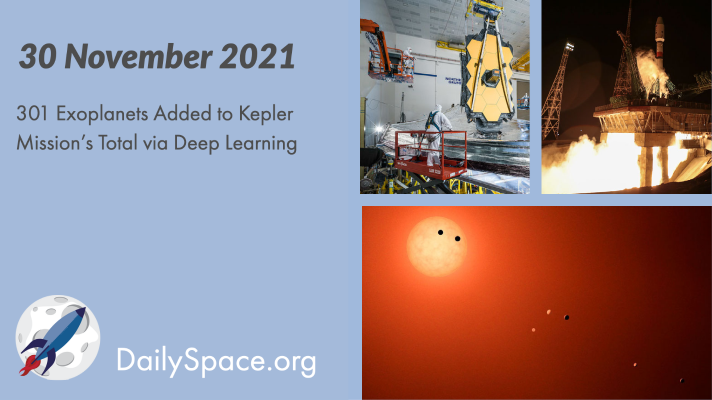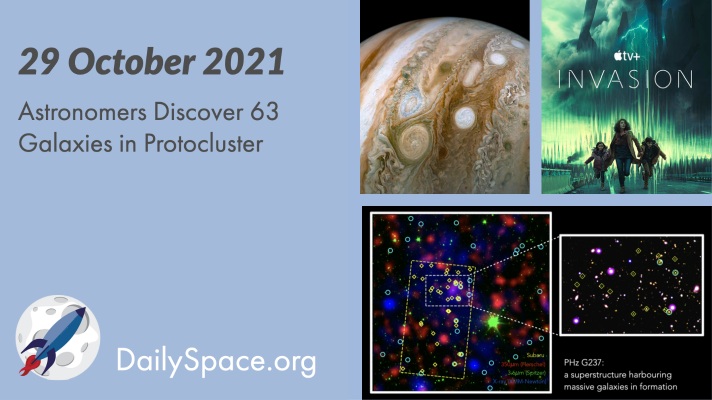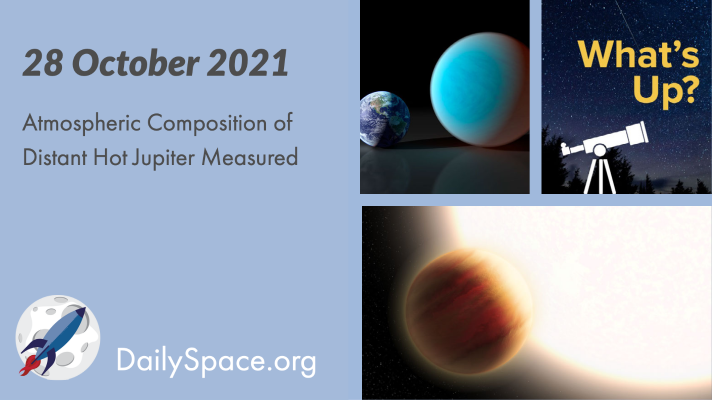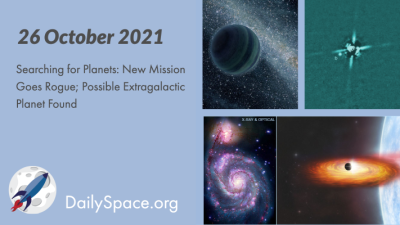
Dec 3, 2021 | Astrobiology, Comets, Daily Space, Earth, Galaxies, Sky Watching, Stars, Supermassive Black Holes
An analysis of over nine million samples of coccoliths whose ages span several million years has led scientists to conclude that changes in Earth’s orbit may have influenced changes in the size and shape of the microscopic algae. Plus, Europe contemplates geologic threats, and a comet is in this week’s What’s Up.

Dec 1, 2021 | Daily Space, Exoplanets, JWST, Mars, ROSCOSMOS, Soyuz, Spacecraft, Stars, Supermassive Black Holes, White Dwarfs
Using a new deep neural network called ExoMiner, scientists have added 301 exoplanets to the Kepler mission’s already enormous total of 4,569 confirmed planets. Plus, updates on Hubble and JWST, how InSight mapped Mars’ inner structure, an ultrahot Jupiter, and rockets. Yup. Rockets.

Nov 10, 2021 | Climate Change, Crewed Space, Daily Space, Earth, ESA, Exoplanets, JAXA, SpaceX, Stars
After a bit of a scare, the aging Hubble Space Telescope has once again resumed its science operations with the ACS instrument brought back online. Plus, Landsat 9 released its first images and the Crew 2 Dragon splashed down safely. Then we interview Dr. Rosanne Di Stefano from the Center for Astrophysics about the potential discovery of the first extragalactic planet.

Nov 1, 2021 | Asteroids, Daily Space, Galaxies, Jupiter, Mars, Nebulae, Neptune, Review, Science, Stars, Supernovae, Uranus
Astronomers researching the G237 protocluster find 63 galaxies within, all producing stars and more galaxies at a high rate, acting as a “shipyard” for their region of the cosmos. Plus, Juno looks inside Jupiter’s cloud bands and a review of “Invasion” on Apple TV+.

Oct 29, 2021 | Comets, Daily Space, Earth, Exoplanets, Mars, Science, Stars
Scientists have measured the composition of the hot Jupiter exoplanet WASP-77Ab using an instrument at the Gemini South observatory as the first step in creating a catalog of exoplanetary atmospheres. Plus, looking for ocean worlds and this week’s What’s Up.

Oct 27, 2021 | Daily Space, Exoplanets, Galaxies, Guest Interview, Observatories, Saturn, Spacecraft, Supernovae
A proposed mission called the Contemporaneous LEnsing Parallax and Autonomous TRansient Assay, or CLEoPATRA, seeks to work with the Nancy Grace Roman Telescope to find rogue planets not orbiting any star. Meanwhile, a possible planet has been discovered in the Whirlpool Galaxy and could be the first planet found outside the Milky Way. Plus, an interview with Dr. Margaret Meixner, Director of Science Mission Operations for the SOFIA telescope.








 We record most shows live, on Twitch. Follow us today to get alerts when we go live.
We record most shows live, on Twitch. Follow us today to get alerts when we go live.